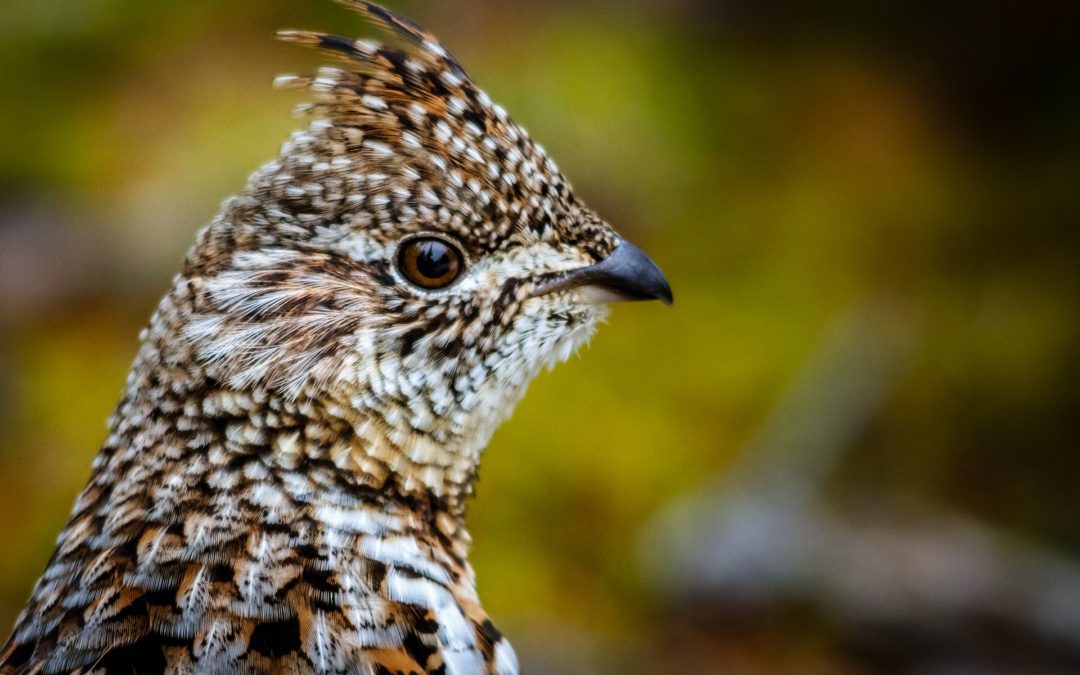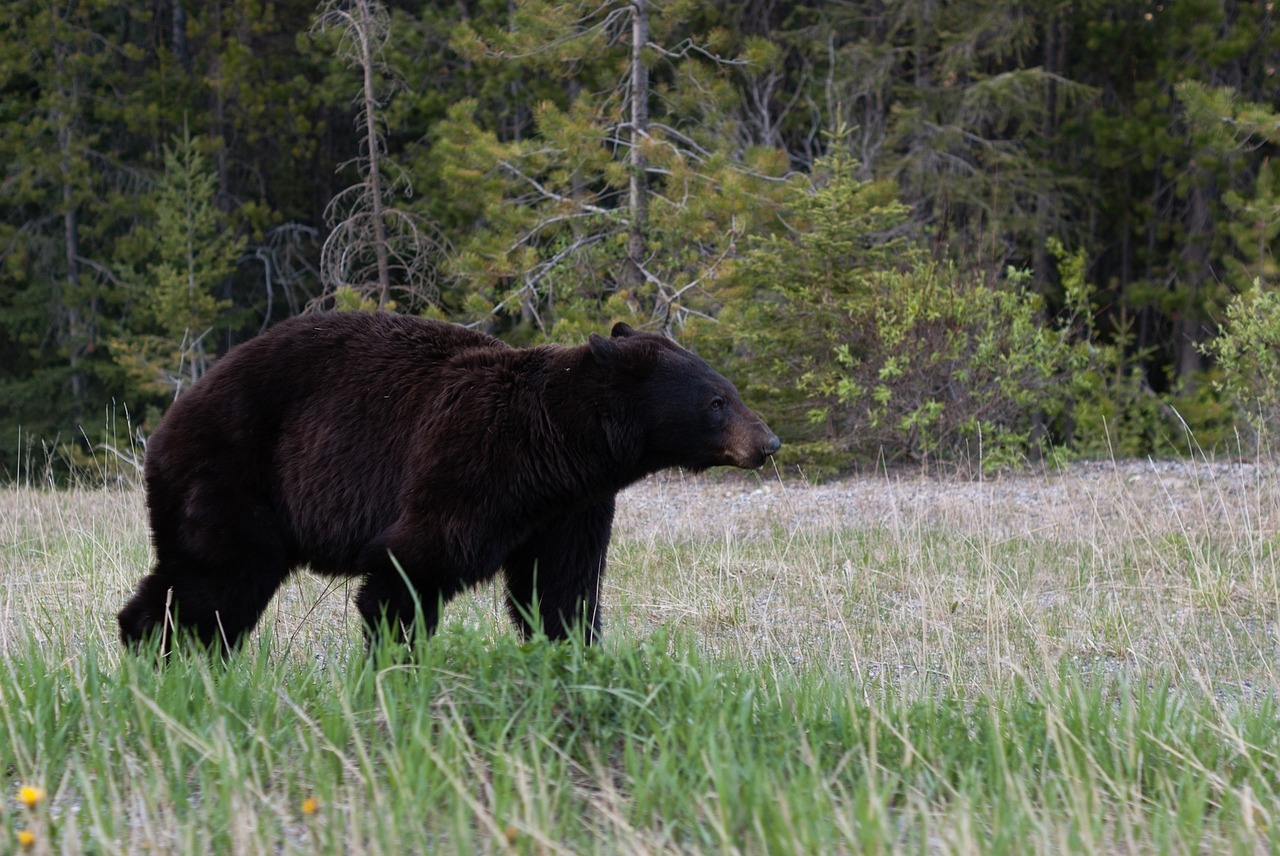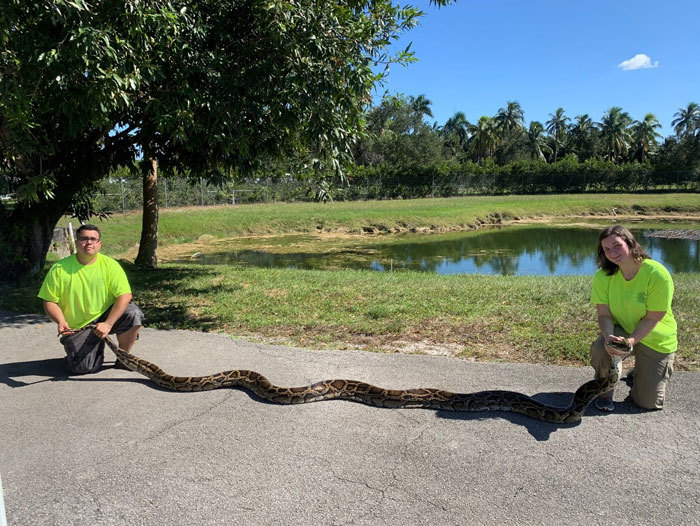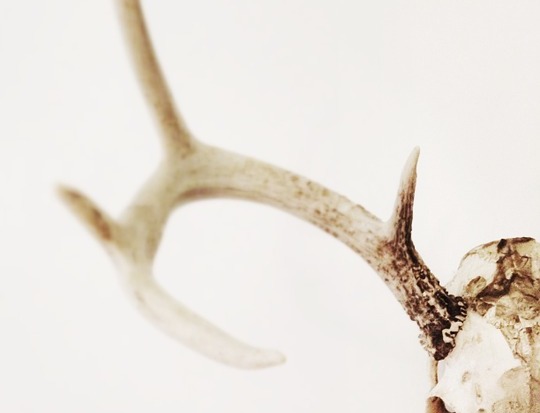“Now that we’ve found the EEE virus in Minnesota grouse, we will continue to monitor grouse populations for signs of the disease,” said Michelle Carstensen, wildlife health program leader for the Minnesota Department of Natural Resources. “It’s too soon to say how widespread the EEE virus might be in grouse populations because we only have one year of grouse sampling results from 2018.”
EEE is a rare illness in humans. People bitten by infected mosquitoes seldom develop any symptoms, but the virus can be serious if they do.
The hunters who harvested the grouse brought them to DNR staff in late October after they noticed abnormal behavior in the birds – they didn’t or couldn’t fly away. When field dressing the birds, the hunters also noticed reduced muscle mass.
The DNR submitted samples from the birds to the University of Minnesota’s Veterinary Diagnostic Laboratory (VDL). Tests concluded two and possibly a third were infected with EEE virus. The third grouse – suspected of having the virus, also had inflammation in the brain, providing further evidence that it likely also suffered from EEE. All birds tested negative for West Nile virus.

Eastern equine encephalitis virus (EEEV) is a member of the genus Alphavirus, family Togaviridae.
“It is rare for us to find EEE in Minnesota, but this year we’ve diagnosed the virus in these grouse and a horse,” said the VDL’s Dr. Arno Wuenschmann. “I initially suspected that West Nile virus caused the encephalitis but molecular tests conducted on the grouse in collaboration with the Animal Health Diagnostic Center at Cornell University proved EEE virus was to blame.”
The EEE virus is typically found in the eastern United States and along the Gulf Coast but also has been found in other states, including Michigan and Wisconsin.
Prior to this discovery, the DNR had confirmed that wolves and moose in northeastern Minnesota had been exposed to the virus, but never found animals of either species sick with the disease.
In 2018, the DNR began asking hunters to submit grouse samples for West Nile virus testing. Samples collected the first year showed 12 percent of the birds had been exposed to West Nile virus, but none had been exposed to EEE.
“We’ll keep testing samples that hunters submit for both viruses,” Carstensen said. “Hunters who harvest sick grouse also can help us by contacting a nearby DNR area wildlife office so they can submit those samples for testing, too.”
As with any wild game, care should be used when processing the animal to avoid cuts that could cause potential infection. Any game that appears abnormal – either in the field or after dressing – should not be consumed. Hunters with questions about what they harvest can contact a nearby DNR area wildlife office.
Grouse sampling information can be found on the DNR website.
About the EEE virus
Eastern equine encephalitis is a viral illness that is transmitted by mosquitos and can cause encephalitis, which is inflammation of the brain.
The virus primarily moves between passerine (perching) birds and a specific species of mosquito in freshwater hardwood wetlands. Birds in this cycle usually remain healthy despite being bitten and infected.
Illness caused by the EEE virus in humans, horses, dogs and other types of birds is rare because the mosquito that transmits the virus feeds almost exclusively on passerine birds. But if a mammalian host or other type of bird is bitten and encephalitis develops, the fatality rate can be high.
Symptoms of illness may include a sudden onset of fever, chills and muscle or joint aches. Cases with severe illness may begin with fever, headache and vomiting that may progress into disorientation, seizures and coma.
No human cases of EEE have been reported in Minnesota but the Board of Animal Health reported that the virus was found in a horse this year and three horses in 2001. Most of the horse cases occurred near tamarack bogs or hardwood swamps in northern and eastern Minnesota.
 This marvelous collection features stories from some of America’s finest and most respected writers about every outdoorsman’s favorite and most loyal hunting partner: his dog. For the first time, the stories of acclaimed writers such as Richard Ford, Tom Brokaw, Howell Raines, Rick Bass, Sydney Lea, Jim Harrison, Tom McGuane, Phil Caputo, and Chris Camuto, come together in one collection. Shop Now
This marvelous collection features stories from some of America’s finest and most respected writers about every outdoorsman’s favorite and most loyal hunting partner: his dog. For the first time, the stories of acclaimed writers such as Richard Ford, Tom Brokaw, Howell Raines, Rick Bass, Sydney Lea, Jim Harrison, Tom McGuane, Phil Caputo, and Chris Camuto, come together in one collection. Shop Now 



